The Best Exhibitions in London
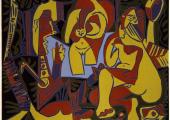
The best exhibitions on now
Picasso and Paper, Royal Academy ★★★ A fascinating subject that proves too unwieldy for a single exhibition. Until 13 Apr

Picasso and Paper, Royal Academy ★★★ A fascinating subject that proves too unwieldy for a single exhibition. Until 13 Apr

In one of Dora Maar’s best known images, a fashion photograph from 1935 (pictured below), a woman wearing a backless, sparkly evening gown appears to be making her way backstage through a proscenium’s drapes. The star of the show exits the limelight, cheekily concealing her face behind a six-pointed star snatched, maybe, from the star-spangled scenery.
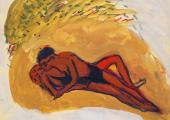
For a loved one to die by suicide provokes both pain and hurt. Pain, because they are gone. Hurt, because it can feel like an indictment or a betrayal. For Charlotte Salomon, the suicides that ripped holes in her family were also foreshadowings which provided the structure for her monumental cycle of narrative paintings Leben? oder Theater? (Life?
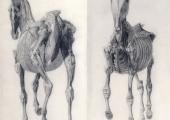
Artist George Stubbs liked horses. The MK Gallery’s exhibition “all done from Nature” will try to convince you that he also cared about people. He did, to an extent; the commissions came that way. But about half way through the exhibition, the diminutive Study for Three Hunters and Two Grooms Waiting in a Stable-Yard, 1765-70, gives pause for thought. The detailed study depicts a horse with pensive eyes and toned flanks.

A Month in Siena is a sweet, short mediation on art, grief, and life. Ostensibly describing the time and space of its title, Matar touches on vanishings and lacunae in his past. Early on, he links the disappearance of his father in Cairo in 1990 to his interest in art: “He was imprisoned and gradually, like salt dissolving in water, was made to vanish.
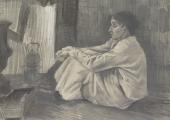
Vincent van Gogh (b. 1853) could be difficult, truculent and unconventional. He battled with mental illness and wrestled with questions of religion throughout his life. But on good form he was personable. He was said to be an excellent imitator with a wry sense of humour, and was a loyal (if often fierce) friend and family relation. The Noordbrabants Museum's new exhibition seeks to humanise the artist and people his world.
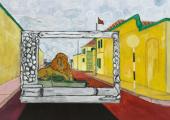
There are two moons in Night Bathers, 2019 (pictured below) One is set in the sky, a great soupy plate with a greenish fringe creating an ugly smear of white across the night. The other is a treacherously hazy rectangle, floating like a cloud above a reclining bather — so inexplicable it could double as a cataract. The latter is, perhaps, a reflection of the former, but at a surreal remove — no reflection looks like that, no reflected light would fall there.
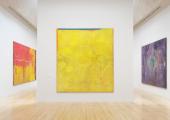
In a photograph taken in 1962, Frank Bowling leans against a fireplace in his studio. His right hand rests on the mantlepiece which bears books, fixative and spirit bottles, his left rests out of sight on the small of his back. His attire is somewhat formal but decidedly casual — trousers loose enough to bend in, a striped jumper with the sleeves rolled up, workman-like, and a shirt which looks like it has several top buttons undone.

The times they are a-changin’. On show at the Barbican is a retrospective of Lee Krasner’s stunning paintings and, for the first time ever, Tate Modern is hosting two major shows of women artists. At last, the achievements of great women are being acknowledged and celebrated.
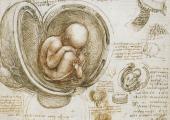
It is a commonplace to describe Leonardo as an enigma whose genius, and perhaps even something of his character, is revealed through his works. But as his works survive only in incomplete and fragmented form, it is drawing, the practice common to all his various endeavours, that brings coherence and perhaps even a comprehensive view of a lifetime’s labours.